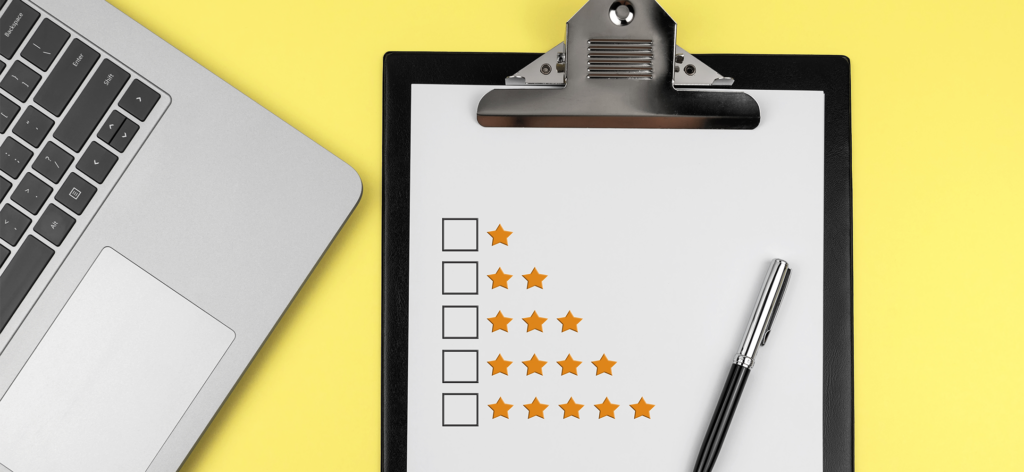Executing an effective customer data platform (CDP) request for proposal (RFP) process is going to ensure you select the right CDP for your organization.
The RFP process is designed to help you select the vendor that is going to have the most measurable impact on your business. Since you will be asking a lot from competing vendors in terms of time and effort to prepare, you want to work with them to establish a fair, open, and respectful RFP process.
One of the most important parts of the RFP process is the demo. This is where select vendors will have the opportunity to demonstrate their capabilities, and answer any questions your organization may have to help you arrive at the best decision for your business.
We’ve put together a list of best practices to help you make the most of vendor demos, from how to prepare, to following up after presentations are over.
What to Do Before the Demo
Develop RFP Requirements
Before you schedule the demo, you want to give each vendor a series of questions for them to respond to, which may impact who comes in for a demo and not. These questions will be based on the requirements, capabilities, and outcomes your teams sets from the beginning.
“Develop a tech assessment checklist for your company, which includes a detailed list of your tech needs, priorities, and requirements. It must also include a comparison of key factors to consider when choosing a tech solution and vendor,” Simon Bacher, co-founder, Simya Solutions, said. “Compare the features, benefits, pricing, support, and testimonials. Other important considerations include scalability, integration, and usability.”
When putting together your RFP requirements, it’s important to include all stakeholders on the team.
“The most significant thing is to involve everyone in the process,” Nebojsa Savicic, co-founder, Plainly, said. “Set clear goals and targets in regards to what you are trying to achieve with the tool and make that your number one guideline, besides your budget.”
Here are some sample questions to ask prospective CDP vendors to get an idea of the capabilities and scope of the platform.
Sample Questions to ask CDP vendors
- Can you provide background on your company? Industry experience; customers; implementations; partners and suppliers; and corporate history.
- How does your CDP handle data ingestion and data unification?
- What data privacy compliance capabilities does it have?
- What analytics capabilities does your CDP have?
- Does your software handle both structured and unstructured data?
- How does your platform handle identity resolution?
- How does your CDP integrate and interconnect with other technology applications?
- What audience segmentation capabilities does your CDP have?
- What machine learning and artificial intelligence capabilities does it have?
- Does your software have journey orchestration capabilities?
- What type/levels of support can you provide?
- How long does the onboarding process take? What and who is involved?
Once you have your responses, you can make more informed decisions about who should come in and do a demo to show exactly how the software can support your business objectives.

Do Your Research
During a demo, time is of the essence. Make sure all stakeholders are briefed on the vendor, and any initial materials are reviewed. This will help you zero in on the most important questions that need to be answered.
“Have those questions noted down prior to the demo so you can make sure they are answered,” Nadine Leighton, marketing director, Metapraxis, said. “You want to make sure the demo session is valuable, and that questions that can be easily answered by spending 10 minutes reading their literature aren’t asked during the session. Everyone’s time is precious.”
Best Practices During the Demo
Be Clear on Scope and Evaluation Criteria
Open communication and mutual respect can help ensure you will get the right information during the demo. Have selected vendors show exactly how their platform can handle your key use cases, and have them explain how they can assist with specific challenges the business is facing.
To do this effectively, you want to make sure the vendor fully understands you and your business needs and aligns to requirements, budget, and KPIs for success – all in a positive and collaborative environment. In addition, it is important that you communicate the scoring criteria that will determine the top vendor, and be transparent on the decision-making process.
Consider Your Internal Resources
Let’s not forget that it’s your employees who will be using this software on a daily basis.
“When it comes to selecting the right tool or technology for your company, one of the most important things to keep in mind is to always keep your employees in mind first,” Matthew Ramirez, founder, Rephrase Media, said. “You want something that’s going to help the company, but you also want something that’s going to help the employees, too. If you can find a tool or technology that will help them work better, faster, and more efficiently, that should be your primary goal above all else.”
Ask questions that will assess what internal resources you need to get value from the software, and if you’ll need to bring in extra resources for implementation.
“Take note of each vendor’s support and onboarding team to make sure they are responsive and receptive to your needs and wishes,” Savicic said.
After the Demo
Evaluate and Follow Up to Select a CDP Vendor of Choice
After demos are over, evaluate each vendor against your scoring criteria to determine your top two or three choices. If a decision is still unclear, consider scheduling additional interview rounds to tie up any loose ends.
“The best way to ensure that your team is making the best decision is to hold a follow-up session after the demo,” Ramirez said. “In this meeting, you can discuss the pros and cons of each option and ultimately make a decision.”
In the end, it’s all about ensuring the technology can actually deliver on what is being promised by the vendor.
“New technology is a big investment, and in the long run, it’s cheaper to spend money on getting it right the first time than having to change again further down the line when you realize things are not working for you,” James Nesbitt, founder, Myth Digital, said.
Create an Efficient CDP RFP Process
To achieve immediate value and long-term business transformation, your organization needs to select a CDP that is built to scale with your data needs. That’s why it’s critical to make sure the vendors you are evaluating have the right experience for your industry, and that their platform is the right fit for your distinct applications and business needs.
Our comprehensive CDP RFP guide explores the key steps needed to create a successful CDP evaluation and selection process – from the capabilities to consider, to the questions you should ask prospective vendors to make sure you’re making the right decision. Get your copy of our guide here.



